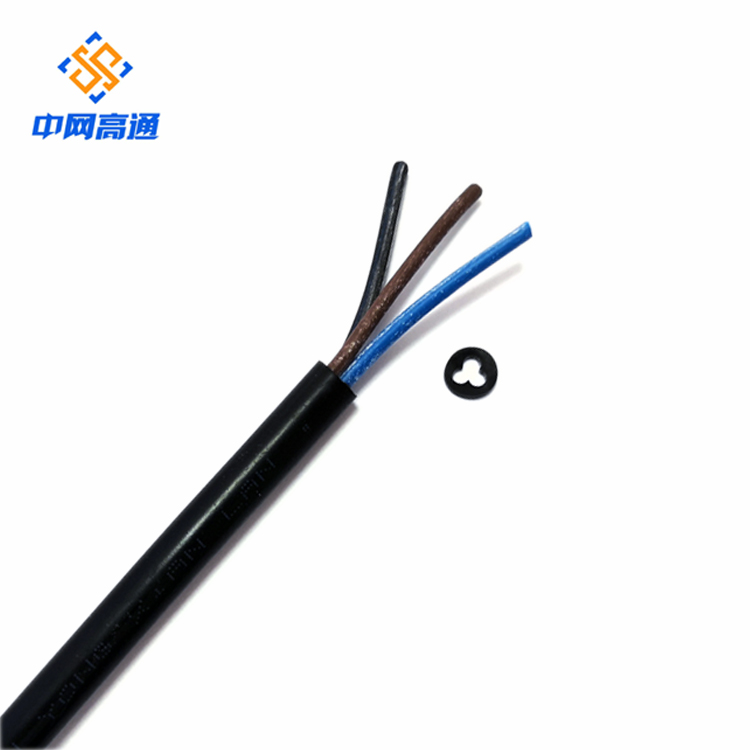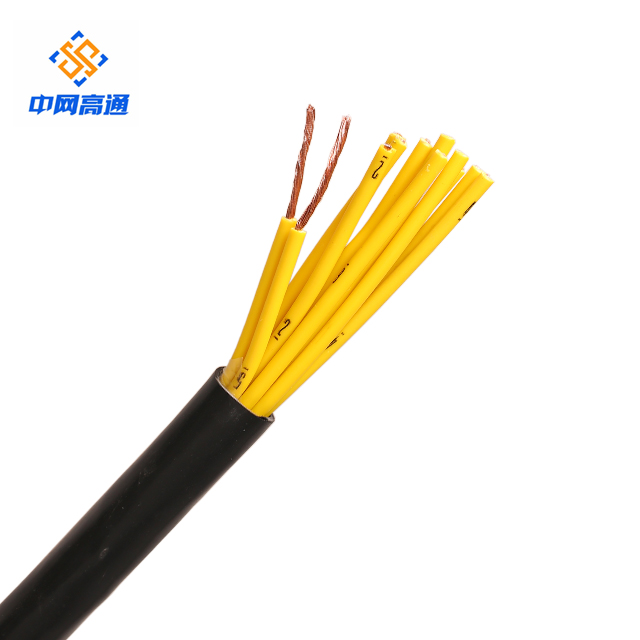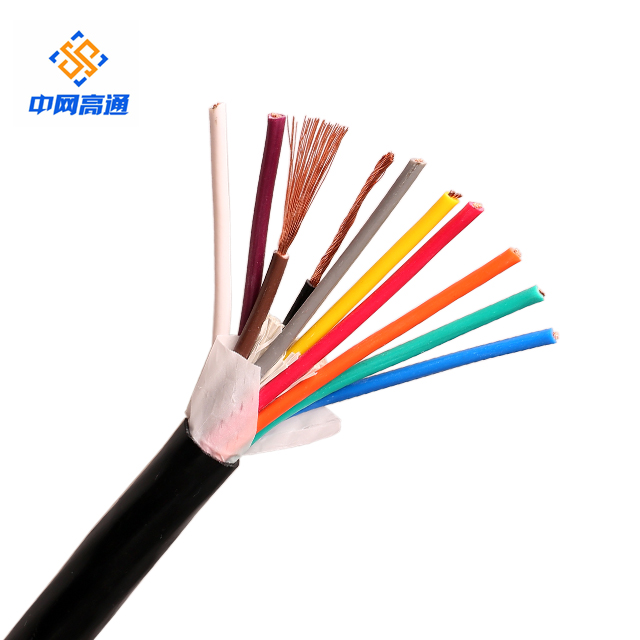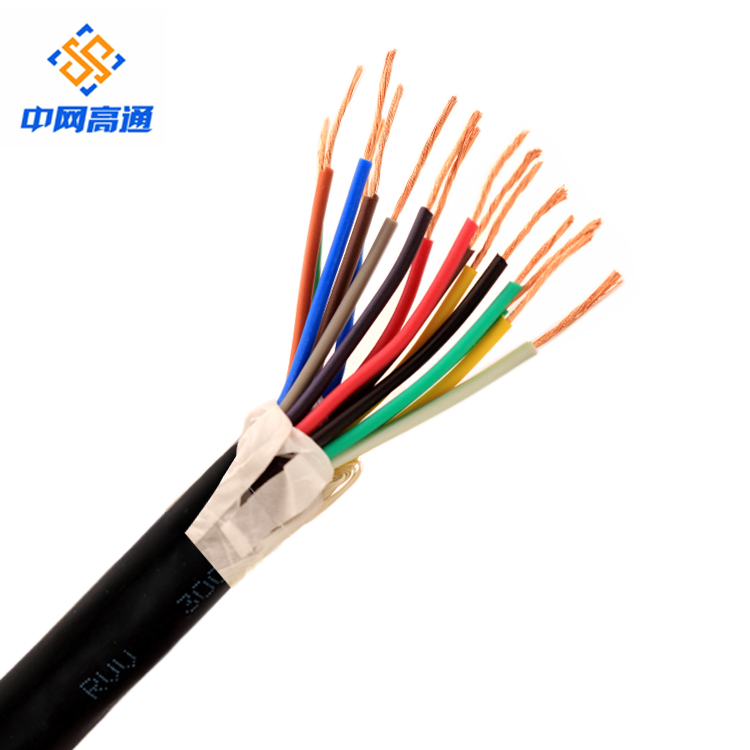Rated voltage
The rated voltage is the reference voltage for cable structure design and electrical performance testing. Use U for rated voltage. / U indicates that the unit is V.
U. Is the effective value of the voltage between any insulated conductor and "ground" (the metallic sheath of the cable or the surrounding medium).
U is the effective value of the voltage between any two-phase conductors of a multi-core cable or a single-core cable system.
When used in AC systems, the rated voltage of the cable should be at least equal to the nominal voltage of the cable system used. This condition applies to U. And U values.
When used in a DC system, the nominal voltage of the system should not be greater than 1.5 times the rated voltage of the cable.
Note: The working voltage of the system is allowed to exceed 10% of the nominal voltage of the system for a long time. If the rated voltage of the cable is at least equal to the nominal voltage of the system, the cable can be used at a working voltage higher than the rated voltage by 10%.
Classification of cables and wires
1. What types of commonly used wires and cables are classified according to purpose? Answer: It can be divided into bare wires, insulated wires, heat-resistant wires, shielded wires, power cables, control cables, communication cables, radio frequency cables, etc.
2. What are the types of insulated wires? Answer: There are the following types of insulated wires: PVC insulated wires, PVC insulated flexible wires, nitrile butadiene polyvinyl chloride mixed insulated wires, rubber insulated wires, agricultural underground buried aluminum core plastic insulated wires, rubber insulated cotton Textile cords, PVC insulated nylon sheathed wires, PVC insulated cords for power and lighting, etc.
3. Where is the cable bridge suitable? Answer: The cable bridge is suitable for laying power cables and control cables indoor and outdoor in general industrial and mining enterprises. It can also be used for telecommunications, broadcasting and other departments to install indoor and outdoor.
4. What are the cable accessories? Answer: Common electrical accessories include cable terminal junction boxes, cable intermediate junction boxes, connecting pipes and terminals, steel plate junctions, cable trays, etc.
5. What is the cable intermediate connector? Answer: The device that connects the cable with the cable's conductor, insulation shield, and protective layer to connect the cable line is called the cable intermediate connector.
The cable model consists of eight parts:
1. Use code-not marked as power cable, K is control cable, P is signal cable;
Second, the insulation code-Z oil-impregnated paper, X rubber, V polyvinyl chloride, YJ cross-linked polyethylene
3. Conductor material code-not marked as copper, L is aluminum;
Fourth, the inner protective layer code-Q lead package, L aluminum package, H rubber sleeve, V polyvinyl chloride sheath
Fifth, the derived code-D does not drip, P dry insulation;
Sixth, the outer cover code
7. Special product codes-TH wet tropical, TA dry tropical;
Eight, rated voltage-unit KV





